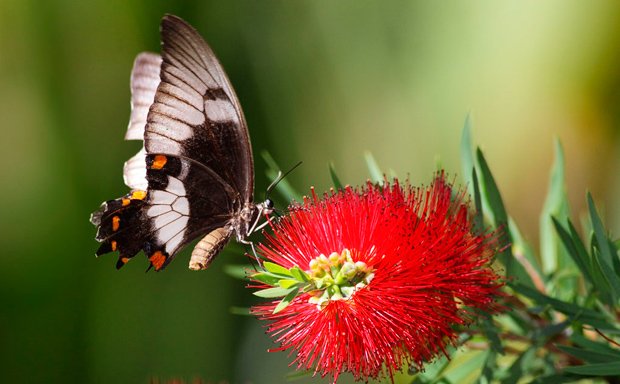Help catalogue Australia’s native species

SCIENTISTS ARE GRADUALLY BUILDING a more complete picture of Australia’s biodiversity, but it is an immense task. About three-quarters of our species are unknown or undescribed, and for many of the species we have identified, their exact distribution remains a mystery.
That’s why scientists are enlisting the help of amateur wildlife enthusiasts around the country. In July, the Atlas of Living Australia website launched a project that allows ‘citizen scientists’ to report plant and animal sightings – whether from gardens, nature strips, local parks or paddocks.
“In most of our cities, particularly the suburbs, there really is a lot of very interesting wildlife that can be seen,” says Donald Hobern, director of the Atlas project. “There are lots of species that are very recognisable, but our current understanding of their present-day distributions may be very patchy.”
Citizen scientists needed to help spot native species
Donald says that even a sighting of a common bird, for example, could increase our knowledge of how that species is distributed across Australia, or if it is being affected by climate change.
“Understanding when different plants come into flower, or whether birds are arriving in areas earlier than they used to under climate change – those are the sorts of things that observations from the public can very easily contribute to,” he says.
In addition to enabling the public to input their sightings, the Atlas of Living Australia website, led by the CSIRO, brings together information from most of the nations’ natural history collections – the state museums and herbaria – into one place.
‘Identify life’ a necessary tool in finding species
Urbanisation has had a devastating impact on native wildlife, but even our biggest cities are still teeming with thousands of plant and animal species.
“My garden in Canberra is on the edge of the city, but there I’ve had probably the better part of 1000 species of moths in my garden,” says Donald. “And that’s just one group that I happen to have spent some time looking at.”
People seeking help to identify their sightings can now visit the Atlas’s partner website, Identify Life, launched recently at the International Botanical Congress in Melbourne.
“Identify Life is an attempt to bring together many of the different sorts of tools that exist out there for identifying species,” says Donald.
Citizen science projects have been formed in other countries like the UK and New Zealand, but they are usually geared toward specific animal groups, such as birds or butterflies. Donald says Australia is leading the way by engaging the public to input data on all kinds of species – plants, animals, even fungi.
RELATED STORIES

